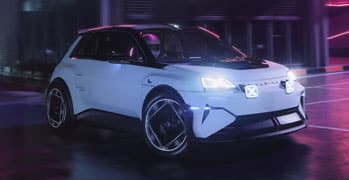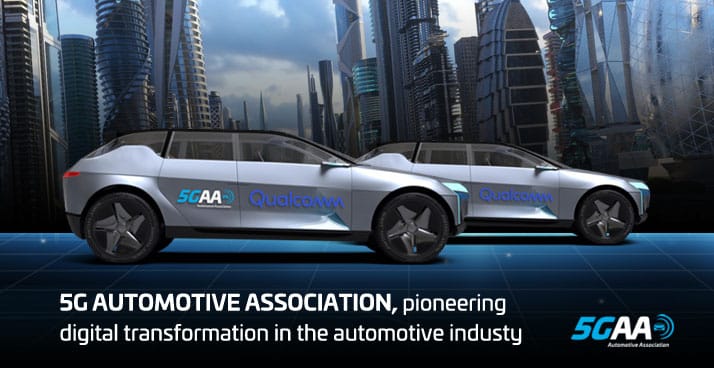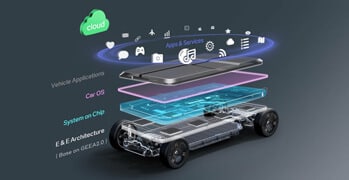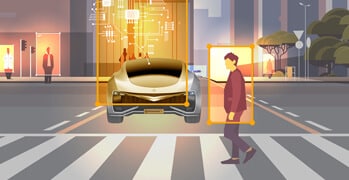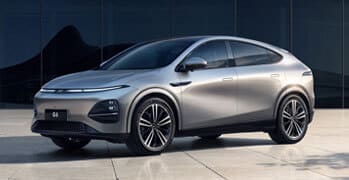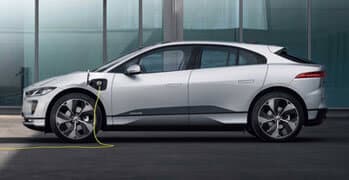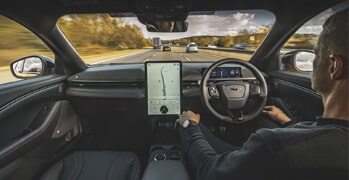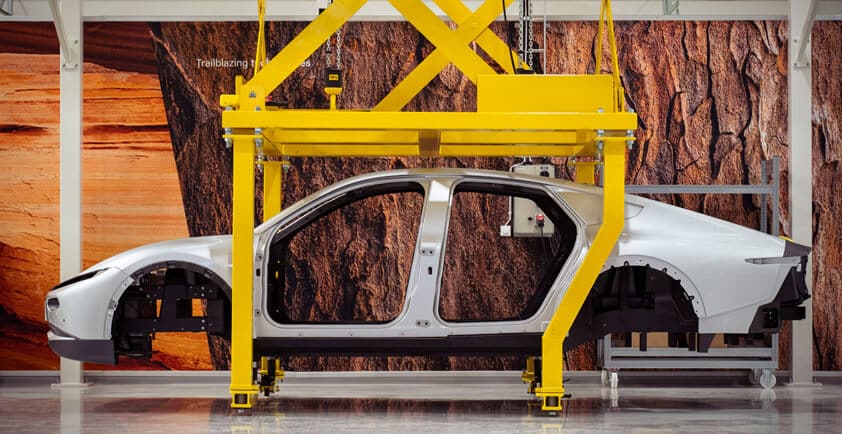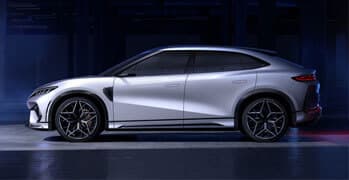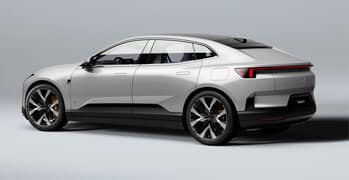

NEW FUNCTIONALITIES FOR THE SOFTWARE-DEFINED VEHICLE; ZF CELEBRATES OPENING OF NEW WEST COAST MOBILITY HUB
>> ZF combines software and hardware expertise to advance the development of vehicle motion control functions within Software-defined Vehicle architectures
>> ZF ProConnect High Performance computing platform enables elevated data acquisition rates and decision-making
>> cubiX software enhances vehicle ride, comfort, and safety through a continuous data loop between vehicle and the Cloud.
>> Accelerating ZF software development using advanced tools and techniques can help cut function development time up to 60 percent
Pleasanton, California. ZF is illustrating how the Software-defined vehicle (SdV) can transform mobility with new functions through advanced software and hardware connected systems at the opening of its new West Coast Mobility Hub in Pleasanton, California. At the heart of its SdV demonstration is ZF Group’s High Performance ProConnect computing platform, which provides a continuous data loop in connected vehicles that allows for cloud-based computing and over-the-air (OTA) updates through the networking of GPS and Cloud-based features.
"As the industry moves toward Software-defined vehicle architectures and centralized domain and zone controllers, ZF is utilizing its longstanding expertise in vehicle motion hardware and software to help create new functionalities and enhanced levels of control," said Martin Fischer, member of the ZF Board of Management and President of the Americas Region. "It is fitting that we introduce another step forward in Next Generation Mobility at the opening of our new West Coast Mobility Hub."
Shifting your ride height on the fly for a smoother, safer ride
ZF shows just how valuable a continuous cloud-based data flow can be in developing new vehicle motion functions. Using cloud-based geolocation provides the basis for adjusting the ride height of the vehicle when encountering obstacles like speed bumps, steep driveway entrances, or even off-road surfaces.
That’s where ZF’s advanced suspension technologies come in as part of the most holistic chassis offering in the mobility industry. Systems like electrohydraulic vehicle height leveling (eLevel) can raise or lower the vehicle based on passenger loading and reduce aerodynamic drag at highway speeds. In addition, ZF’s Continuous Damping Control semi-active damping system provides a greater balance of ride comfort and confident handling characteristics over a variety of ride heights and driving surfaces. This combination can make necessary adjustments to help ensure a smoother, safer ride ahead.
In addition, the cloud connection and continuous data loop allow for over-the-air updates to periodically apply upgrades to the system. ZF systems are compatible with major OEM Operating Systems and networks and feature embedded end-to-end data security and built-in data integrity.
Compressing development time and reducing costs provide outstanding value for OE customers and end-users. Software related warranty costs and vehicle lifecycle warranty costs are reduced, and vehicle maintenance costs are also minimized through remote troubleshooting and less time and money spent at the dealership. This leads to greater customer satisfaction and an overall better ownership experience through consistent upgrading of the vehicle.
ZF cubiX Software Completes the Picture
For the ultimate in vehicle motion control, ZF recently launched its cubiX software product that can be part of an existing system or sold as an independent digital product.
Continued development of vehicle control software systems and their role in new E/E architectures will continue to be enhanced by continuous loop data exchange with the potential to develop software as a product and customized applications.
Taking advantage of new digital tools and cloud-based computing to make the mobility experience a more pleasant one for everyone is a major goal at ZF. The development of robust control software plays a critical role in making new electric vehicles more efficient with extended range or combining information from ADAS sensors & Cloud data to anticipate difficult road conditions or a traffic jam around the next corner.
"The possibilities are virtually endless and endlessly virtual", Fischer concluded.





